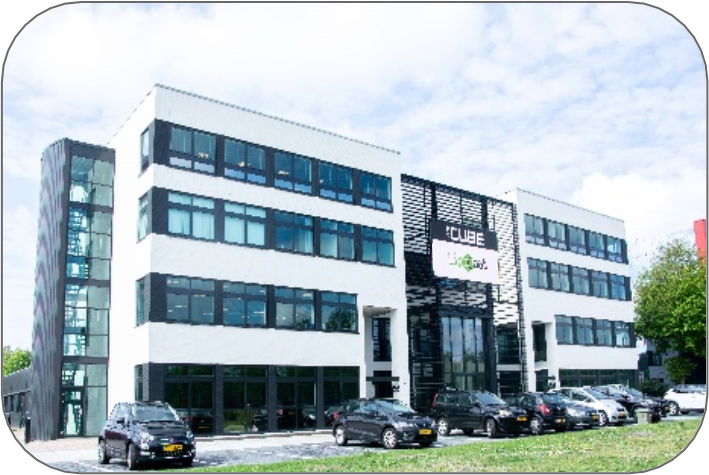
Who we are
LipoCoat is a biotech company specialised in ‘bio-inspired’ coatings that improve the safety, comfort, and performance of devices with a focus on health and nutrition. Our pipeline comprises discovery and (pre)-clinical programmes in the medical device and drug discovery space. Our ambition is to become a leading biotech company dedicated to improving health and well-being through the discovery, development, and commercialisation of novel surface solutions.
We see a myriad of possibilities with our unique coating technology platform and have defined our strategic roadmap by way of contact lenses, catheters, and other implants- eventually developing a line of therapeutic coatings.
History
LipoCoat BV was established in September 2016 and is a spin-off company from the world renown MESA+ institute of nanotechnology based at the University of Twente. The company is based on the research conducted by Jasper van Weerd between 2010-2014, who at the time was a PhD student. Jasper took inspiration from nature and invented a new type of coating. A coating that mimics the cell membrane in such a way that surfaces in watery environments can exhibit anti-stick properties preventing such occurrences as microbial build-up. This invention was patented and LipoCoat landed its first strategic partner for the rigid contact lens coating in the year it was incorporated.
By 2017, the company had secured its first seed funding and expanded its management team. By 2019 the company grew to 17 employees, built its own lab facility on the Kennispark Twente campus (across the University of Twente), and became ISO certified-13485. In 2019 LipoCoat was, after winning multiple awards and grants, announced as European Biotech Startup of the Year. Also, LipoCoat was selected to join the Johnson & Johnson JLabs incubator program. In 2020 LipoCoat secured a series A investment round and expanded its efforts to include the catheter application.


Pipeline
LipoCoat contact lens products are aimed at improving comfort and safety properties of the contact lens materials by increasing surface wetting, increasing surface lubricity and reduce surface contamination by reducing deposits and bacterial build-up on the lens material. We develop surface coatings that can be adapted for use on rigid gas permeable contact lenses, soft contact lenses and can be provided as an additive to lens care solutions. Contact lens coating products are prepared for CE-clearance.

Eye care
Contact lenses are commonly used medical devices to manage refractive errors. It is estimated that approximately 150 million people wear contact lenses worldwide. Several complications are associated with wearing contact lenses such as discomfort, eye infections, dry eyes and corneal neovascularization.
LipoCoat contact lens products are aimed at improving comfort and safety properties of the contact lens materials by increasing surface wetting, increasing surface lubricity and reduce surface contamination by reducing deposits and bacterial build-up on the lens material.

Catheters
Catheters are one of the leading causes of Healthcare Associated Infections (HAIs). LipoCoat catheter products provide a passive and drug-less solution to reduce biofilm formation, improve blood compatibility and prevent tissue damage. LipoCoat coatings can be applied without the need for curing steps, polymerization or UV treatment. Process and thickness control is programmed into our molecular design. In addition, no harsh chemicals, pharmaceuticals or active compounds are processed into the final products. Catheter coating products for urology and cardiovascular catheters are in development.
Facilities
Our headquarters are located at Kennispark Twente in Enschede – The Netherlands across the University of Twente campus. We have our own production lab facilities and have access to University Lab facilities where we do most of our R&D work. In Autumn 2019 LipoCoat joined the Johnson & Johnson JLabs incubator program and we are based at their Lab facilities in Beerse – Belgium.

LipoCoat HQ, Enschede (NL)

University of Twente, Enschede (NL)

J&J- JLabs, Beerse (BE)